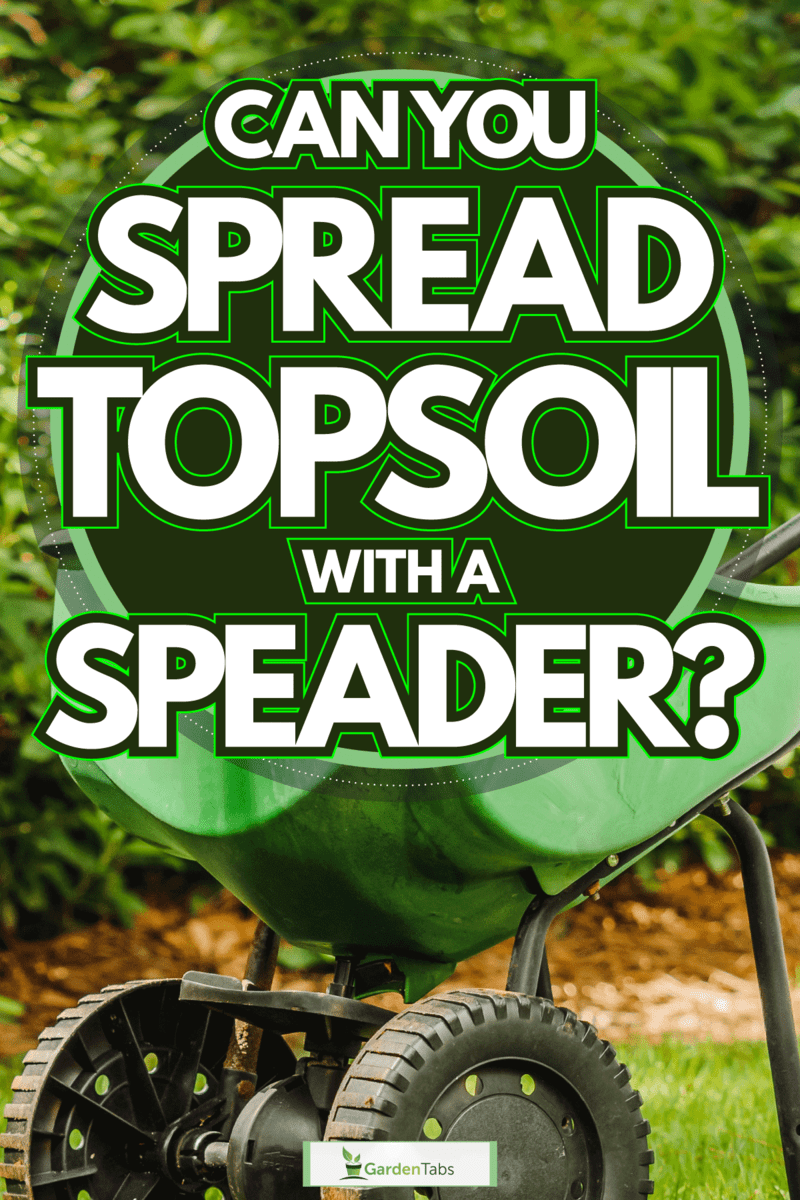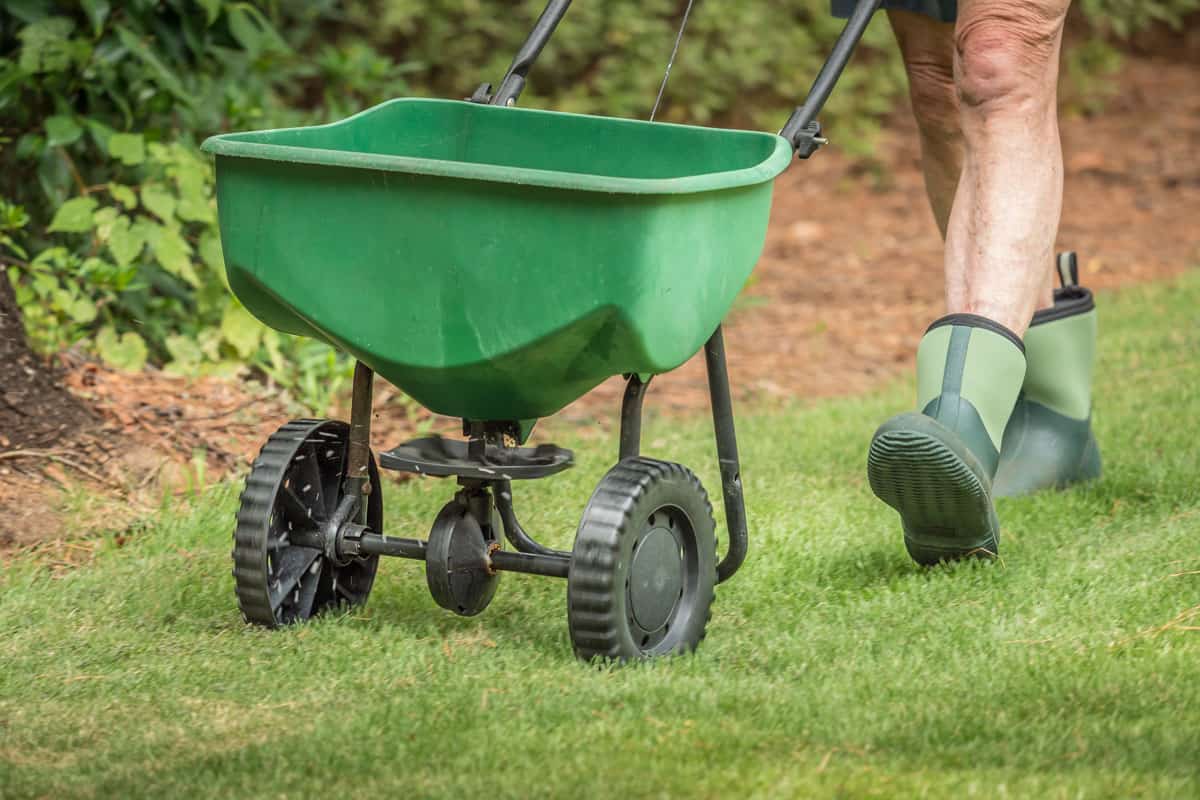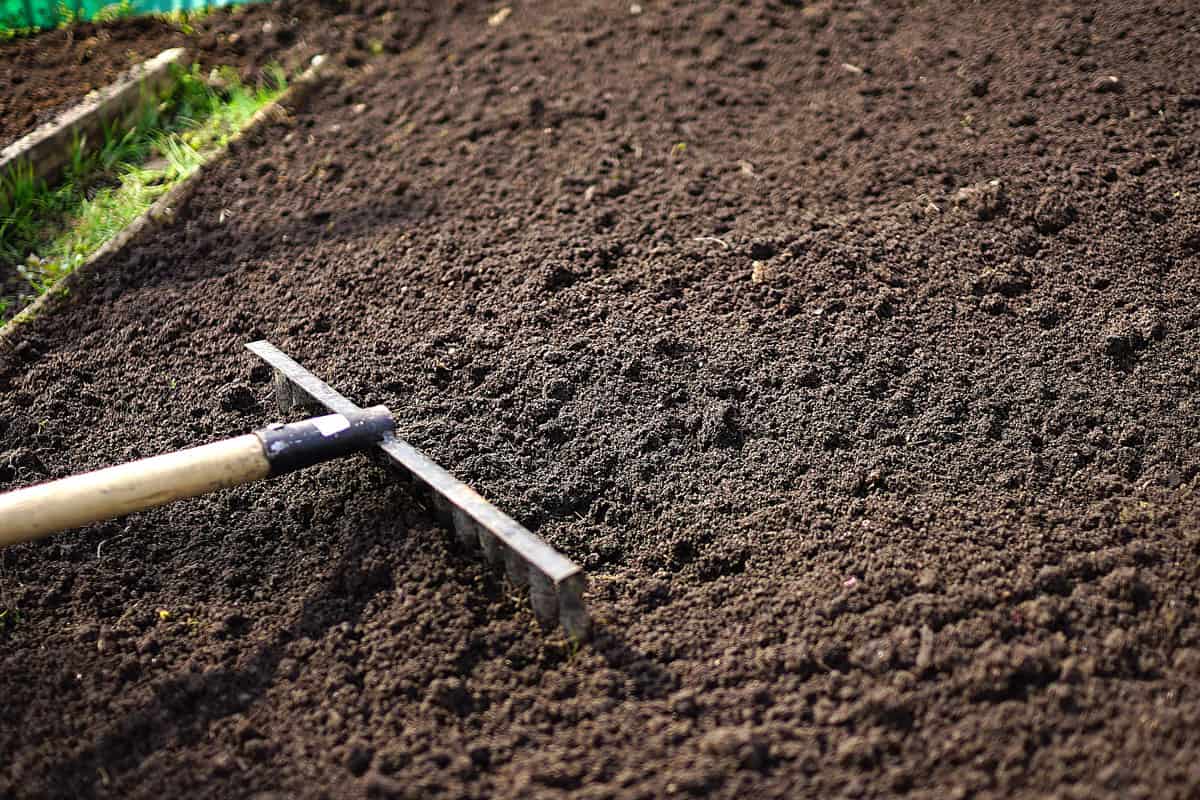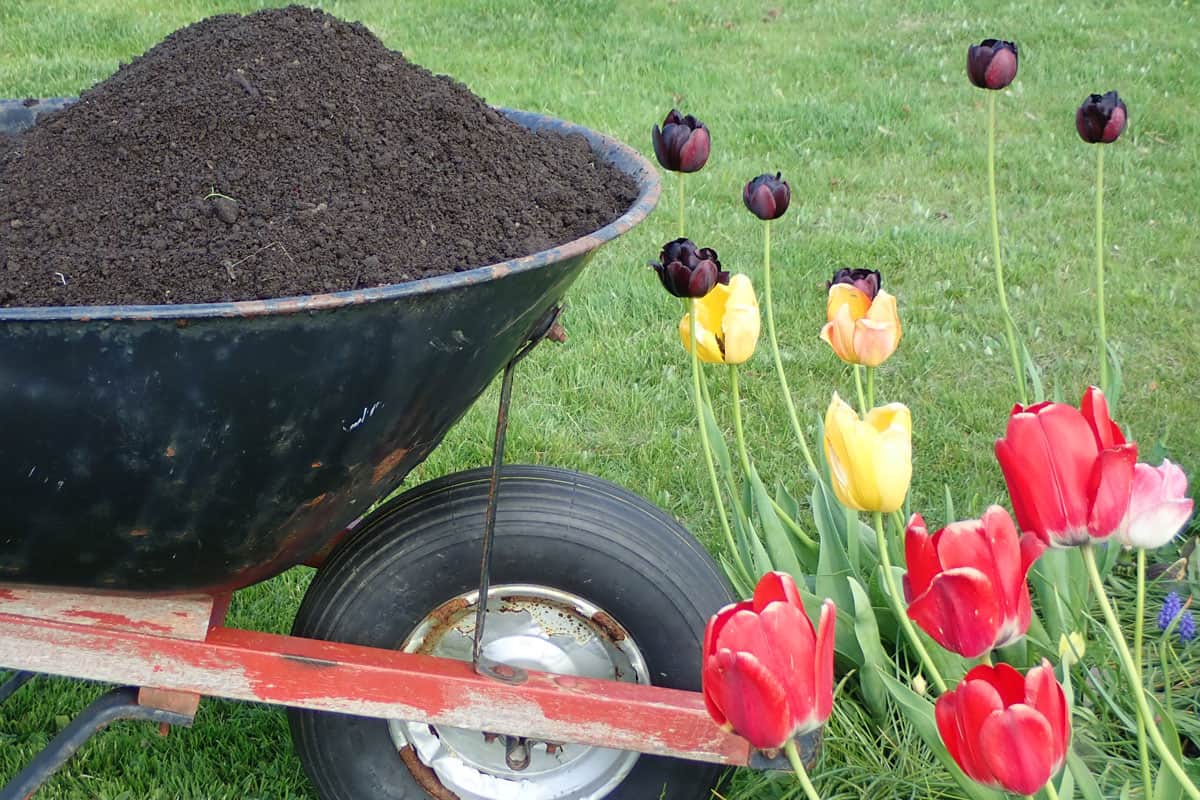Finding new ways to make your gardening efficient can feel impossible at times. Do you want to try spreading topsoil with a spreader but have no idea if it will work? Well, we've done extensive research into this very question and have the answer for you. Let's get into it below.
If you need to spread your topsoil over a large area, you can try using a spreader. Typically, soil will be too coarse to go through most spreaders, although you shouldn't run into a problem if yours is on the finer side.
Furthermore, if you want to take on this project, we recommend using a push spreader or wheelbarrow. Regardless, it's important to distribute your topsoil as evenly as you can.
As we begin, we will cover all things spreaders and discuss how to use one for your topsoil. Whether you're a beginning gardener or want to cut down on overall labor, we're here to offer some help. With that said, let's dive right into this post!

How Does A Spreader Work?
A spreader generally works to distribute fertilizer or seeds through tiny holes. These holes will release your product onto the ground as you push or pull the spreader around.
With that said, there are many types of spreaders available.
For example, a broadcast design will distribute fertilizer in a fan-like pattern in all directions. At the same time, a drop spreader has a bucket-type container, usually mounted on two wheels that you can push.
Between the two, most gardeners recommend a broadcast spreader regardless of its competition, as it seems to be the more user-friendly choice. Think of these as an alternative to holding a bag of seeds, fertilizer, or soil and throwing it around with your hands.

Which Spreader Is Best For Topsoil?
Although using a spreader can be easier than manually distributing soil, not all kinds will work the same. We recommend using a push spreader with big enough openings to release the soil evenly.
As we mentioned, if your spreader is meant for finer things, like fertilizer, it won't do a good job of spreading your topsoil. Considering how uneven dirt can be, this makes finding the right spreader crucial for your gardening project.
Furthermore, you can also use a wheelbarrow to haul soil around your property and spread it using your hands or a shovel.
Landzie 24 Inch Heavy Duty Metal Mesh Basket Push Spreader
This heavy-duty spreader has a mesh basket design, works for topsoil, has diamond-shaped opening slits, and comes in a few different sizes.
Follow this link to see it on Amazon.
How Should You Spread Topsoil?
Most gardeners generally choose to spread topsoil using a shovel or spreader. As we said, you can do this in various ways: it all depends on how much labor you're willing to put in.
If you don't mind using a shovel and spreading manually, this method shouldn't take long. You want to lay down a pile of soil and then smooth it out to be roughly two inches thick.
The same goes for a spreader; although you can skip the initial soil "dump," you need to do without one. Again, topsoil spreading isn't extremely time-consuming, as you're essentially just adding fresh dirt to an existing area.
Additionally, you will want to smooth your topsoil with a rake when you're done evening it out, regardless of how you apply it.
When Should You Put Topsoil Down?
For those wanting to create a topsoil schedule, try to lay yours down during the early fall or spring. Following this timeline will give your grass time to grow through 3-4 more mowings before super hot/cold temperatures kick in.
According to Today's Home Owner, you can apply your topsoil at the same time you overseed to save some time. One of the main reasons you'd want to lay down topsoil in the first place is grass health.
When you add a fresh layer of dirt to your existing land, it's a technique you can use to improve the look of your grass. Think of this as giving your lawn a boost of nutrients before/during its peak growing season.
How Often Should I Add Topsoil To My Lawn?

Although adding some extra soil to your existing lawn can be beneficial, you don't need to do it often. Typically, applying a thing, 2-3 inch layer of topsoil every three or so years will be sufficient.
Furthermore, you don't need to use more than 4/10 cubic yards of topsoil for every 1,000 square feet of lawn you decide to cover. Generally, topsoil shouldn't overpower your garden.
As we said, using more than recommended can result in stunted grass or even dead patches. Too much dirt can suffocate your greenery, so follow the suggested amount/timeline as closely as possible.
What Is The Best Kind Of Topsoil?
Considering how close these are to the soil's natural composition, you want to use topsoil with a good mix of sand, peat, and loam soil. This similarity allows your topsoil to seep into your existing ground easily.
It's also essential to choose topsoil with as few fillers as possible. The more natural and light your mix, the better it will settle into your lawn. Additionally, try to find topsoil that doesn't contain too much organic material.
Usually, having plenty of organic matter in your soil is great, but it can cause your mix to be too thick. That can be a problem for those using a spreader, ultimately creating more work for you.
Michigan Peat Garden Magic Top Soil
This premium topsoil has a blend of dark, reed sedge peat and sand, enhances moisture retention, and comes in a 40-pound bag.
Do I Need To Add Topsoil To My Lawn?

No, it isn't technically required to add topsoil to your lawn. Doing this works especially well for grass and is a great way to freshen up your garden.
However, you shouldn't add topsoil to a yard too frequently. Doing this can cause plants and grass to suffocate and even create patchy/bumpiness in your lawn.
So, if you want to try adding topsoil to your property, less is always more. Shoot for between two and three inches if you do this every few years. If you prefer to add about an inch of topsoil annually, that is fine.
Regardless, try to make it as even as possible to avoid a patchy yard.
Do You Overseed Before Adding Topsoil?
Depending on your end goal, you can certainly overseed before adding topsoil. However, if you have patchy grass, you'll want to apply your topsoil first, directly following it with overseeding.
Adding soil to your lawn before the seeds will improve the quality of the ground and help the grass grow. According to The Home Depot, if your patchiness is because of poor drainage, try adding some sand to the ground before adding any topsoil or seeds.
Remember, everyone's garden is different, so not all methods will be for your space.
Is It Better To Apply Topsoil By Hand?

No, you don't want to spread topsoil by hand. Considering that you'll need between one and three inches of evenly distributed soil, doing this by hand is not the best choice.
Instead, try using a spreader with big enough holes for your dirt or a shovel and wheelbarrow. The key to applying a good, nutrient-rich layer of topsoil is to do this as evenly and lightly as possible.
The last thing you want is to throw too much dirt here and not enough there, ending up with a patchy, unpleasant-looking garden.
On top of that, you also need to aerate your newly laid soil with a rake. You won't be able to aerate your yard correctly if you try this by hand, so it's best to use a tool.
Can I Put Topsoil Over Clay?
Yes! If you live somewhere with clay soil, you can certainly add some topsoil to it. You will need to add more soil to your clay versus other ground types.
Specifically, we recommend around six inches of high-quality topsoil every few years.
Although a favorite among certain gardeners, clay soil can be extremely tough for plants and grass. Considering its denseness and overall lack of drainage, adding a bit of loam can benefit.
However, you don't want to go too crazy. Too much of a good thing can cause your clay to become too soft, which will lead to root disruption and even sliding.
When it comes to spreading it, we recommend a push spreader, as this will be much more daunting than other situations.
To Wrap It All Up

Whether you need to apply a fresh layer of topsoil to your lawn or haven't considered it, it is always helpful to know how to do this. We found that you can spread topsoil using a spreader, although not all designs will be efficient.
Typically, spreaders with wider openings or slits are best for topsoil. When purchasing one, you need to consider this, as dirt isn't always fine or even in texture.
Regardless, make sure to create a schedule for your topsoil, and don't be afraid to overseed at the same time if you prefer.
Made it to the end? Check out these helpful related posts below!
Can Grass Grow In Clay Soil? [Inc. The Best Kinds To Use]
Does Ryegrass Spread? [And What You Need To Do About It]
What Are The Best And Worst Kinds Of Soil For St Augustine Grass?


